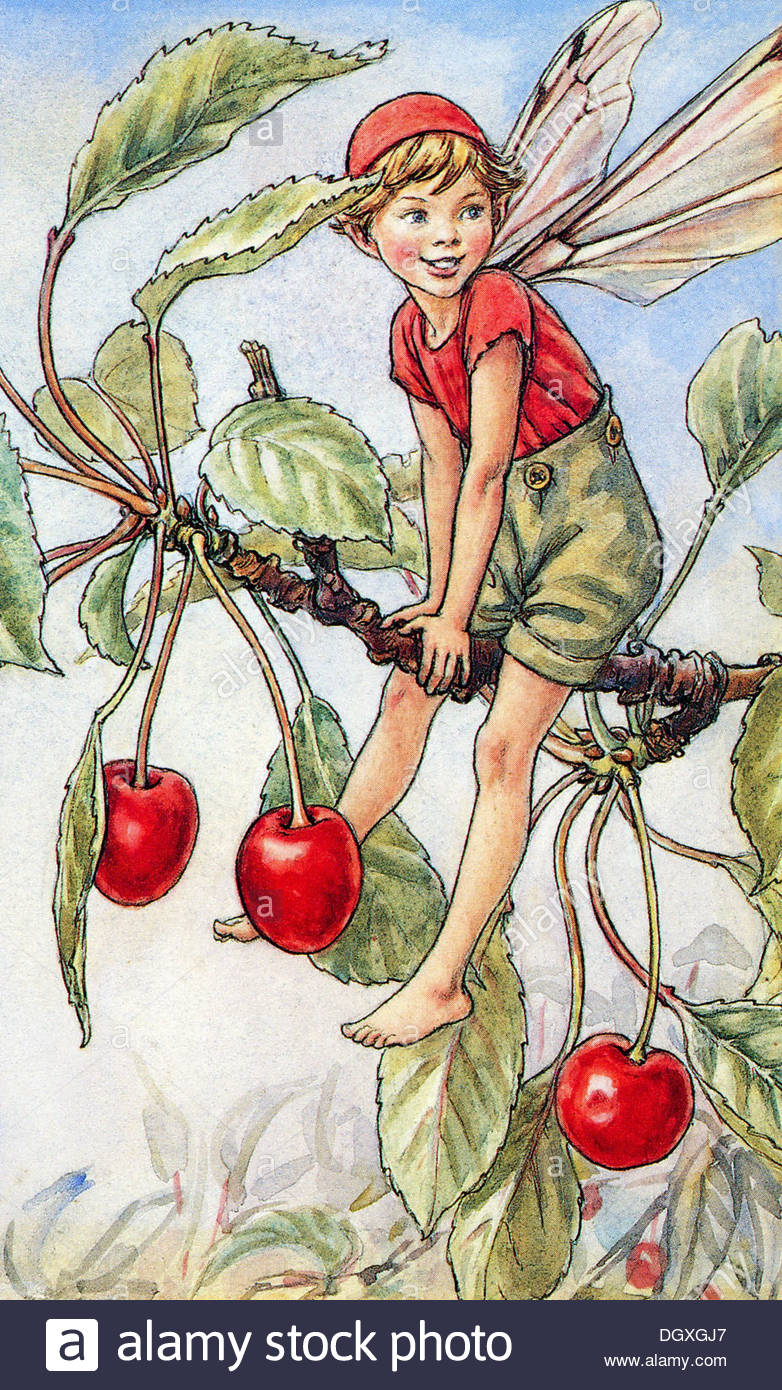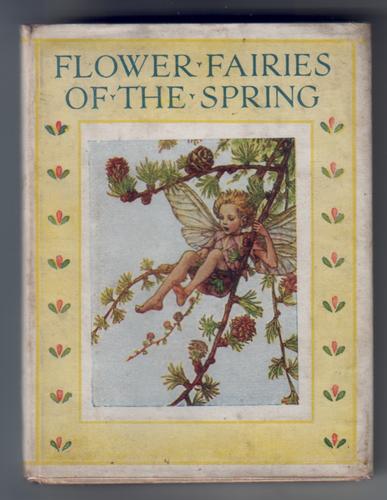

The English Pre-Raphaelite painters were also a major influence upon Cicely and she believed, as they did, in ‘truth to nature’. But her botanical illustrations are also technically accurate. This explains how she was able to get the enchanting bodies of her fairy children so accurate. She did this until the kindergarten closed in 1940. Cicely used the children in the kindergarten as models for her Flower Fairies, even going so far as to make costumes, complete with fairy wings modelled on insects such as dragonflies, butterflies, bees, and moths.

Her first book, Flower Fairies of the Spring, was published in 1923.Ĭicely’s older sister Dorothy taught kindergarten in two private schools before opening a kindergarten at home to help support her sister and their mother.

Cicely's work then became hugely popular. Queen Mary, consort of King George V of England, also made such themes even more popular by sending Outhwaite postcards to her friends during the 1920s. Barrie (1904), The Coming of the Fairies by Sir Arthur Conan Doyle (1922) and the fairy-themed work of Australian artist Ida Rentoul Outhwaite (in the early 1900s). This was helped by the fact that fairies had become popular in art and literature following the releases of Peter Pan by J. When her father died in 1912, Cicely realised she could contribute a little to the family income with her art, selling items such as greeting cards and illustrations for children’s publications.

In October 1911, she won second prize in the Croydon Art Society's poster competition. In 1911, Raphael Tuck & Sons, a stationery producing business, bought four of her "little drawings" for half a sovereign, and published them as postcards. As an adult, she later became a teacher there. Cicely's art education began in 1908 at age 13, with the Croydon School of Art where she undertook classes by correspondence, and later attended the school well into the 1940s.


 0 kommentar(er)
0 kommentar(er)
